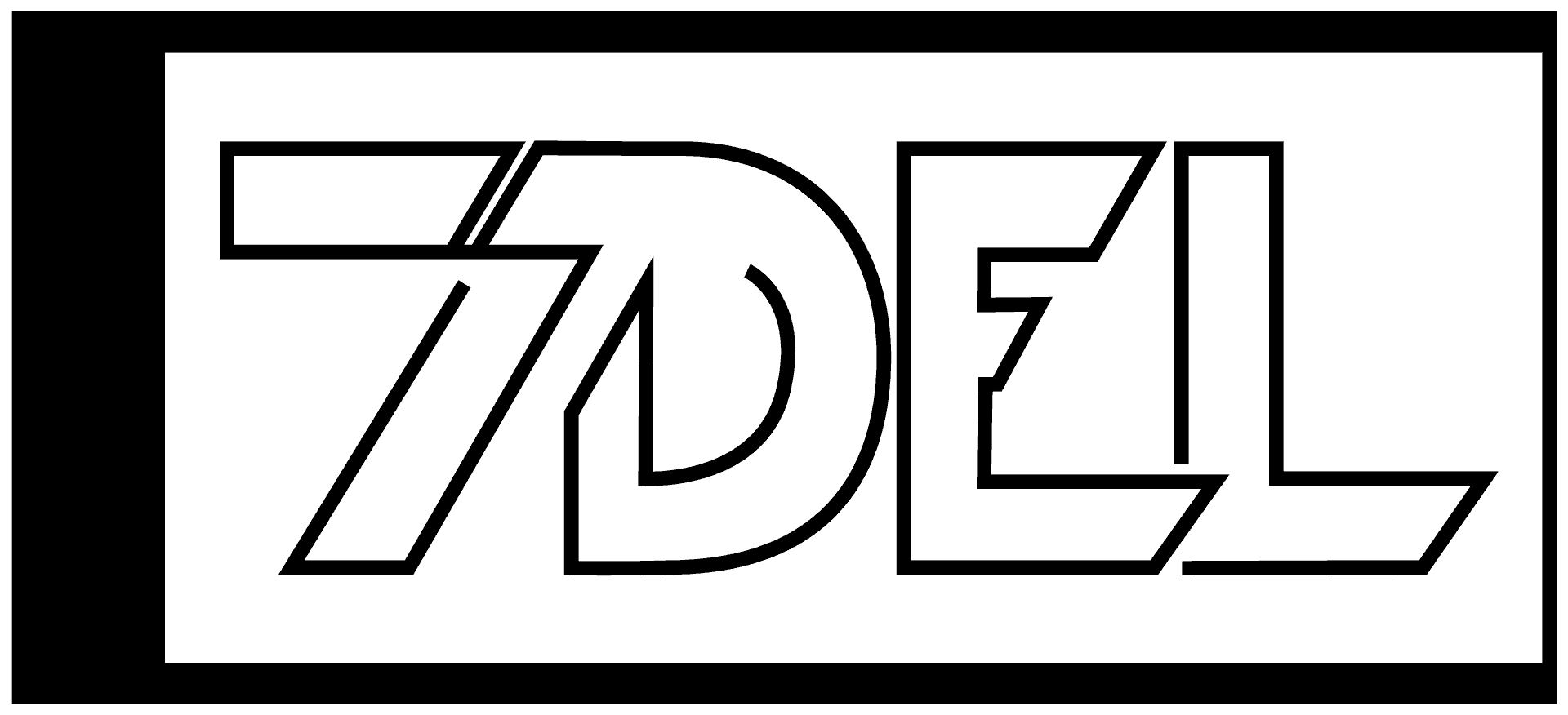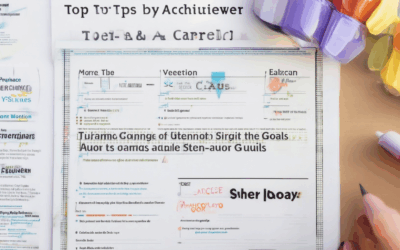In today’s fast-paced world, burnout has become a prevalent issue affecting individuals across various professions, from corporate executives to healthcare workers. Whether you’re a busy professional, a student juggling multiple responsibilities, or a caregiver balancing family and work life, burnout is not just a personal struggle—it’s a global challenge that demands immediate attention. Burnout manifests in various forms, from chronic fatigue and decreased productivity to emotional exhaustion and increased stress levels. Understanding the signs of burnout, such as feeling overwhelmed, detached, or lacking motivation, is the first step toward addressing it effectively. This article delves into proven strategies to reduce burnout while enhancing productivity, offering practical tips to help you achieve a healthier work-life balance and regain control over your well-being. By exploring the root causes of burnout, learning how to recognize its early warning signs, and implementing sustainable self-care practices, you can take proactive steps toward preventing burnout and thriving in your personal and professional life.
Key Takeaways
– Prioritize Self-Care: Regular exercise, balanced nutrition, and quality sleep are essential for recovery.
– Practice Mindfulness: Daily meditation reduces stress and boosts self-awareness.
– Seek Social Support: Join support groups and express gratitude to alleviate emotional burden.
– Utilize Resources: Explore platforms like 7Del.net for guided sessions and expert advice.
– Understand Burnout Stages: Recognize signs from onset to recovery to address issues early.
– Manage Tasks Efficiently: Break projects into smaller steps to avoid overwhelm.
– Build Connections: Foster relationships with colleagues to support your journey.
– Adapt and Reflect: Regularly assess workload and adjust strategies for sustained progress.

Understanding the 42% Burnout Rule
The 42% rule for burnout is a simple yet effective guideline that helps individuals understand the importance of rest and recovery in preventing burnout. According to this rule, adults need approximately 42% of their total waking time dedicated to rest, sleep, and unwinding. This translates to about 10 hours of downtime for every 24-hour day.
Why does the 42% rule matter? Because burnout occurs when your body and mind are consistently operating at or below capacity. By allocating 42% of your time to rest, you give yourself the energy and mental clarity needed to perform at your best, manage stress effectively, and maintain overall well-being.
How to Implement the 42% Rule
To apply the 42% rule, consider the following steps:
- Prioritize Rest: Schedule regular periods of downtime, such as sleeping 7-9 hours each night, taking naps during the day, and incorporating relaxation techniques like meditation or mindfulness.
- Limit Overwork: Avoid working overtime or taking on excessive responsibilities unless it’s critical. Your health and productivity should always come first.
- Break Tasks into Smaller Steps: Divide large projects into manageable tasks to prevent feeling overwhelmed and allow for regular breaks.
- Set Boundaries: Communicate your availability and set clear work-life balance boundaries with coworkers and clients.
The Benefits of Adhering to the 42% Rule
Adopting the 42% rule can significantly improve your mental and physical health, including: – Reduced risk of burnout – Enhanced creativity and productivity – Improved emotional resilience – Better relationships due to increased patience and empathy – Increased longevity and overall life satisfaction
Competitor Insights
While there are many resources available on managing burnout, platforms like Mindbody and Wellfound offer additional tools and strategies to support your journey. These resources complement the principles outlined in the 42% rule, helping you create a holistic approach to self-care.
By integrating the 42% rule into your daily routine, you can take proactive steps toward preventing burnout and achieving a more balanced, fulfilling life. Remember, your well-being is your most important asset, and prioritizing rest is not just a luxury—it’s a necessity.
What Are the Best Ways to Lower Burnout?
Burnout is a common issue that can affect individuals in various aspects of life, including work, relationships, and personal well-being. Addressing burnout requires proactive measures to prevent it from becoming overwhelming. Here are some effective strategies to manage and reduce burnout:
- Set Clear Boundaries : Prioritize your time and commitments. Learn to say “no” when necessary and allocate specific hours for work, rest, and leisure activities.
- Practice Self-Care Regularly : Engage in activities that recharge your energy, such as exercise, meditation, or hobbies. Consistency is key to maintaining your well-being.
- Improve Sleep Quality : Aim for 7-9 hours of quality sleep each night. A consistent sleep schedule can significantly boost your resilience against burnout.
- Stay Connected : Maintain healthy relationships with friends and family. Social support plays a crucial role in reducing feelings of isolation and burnout.
- Seek Professional Help : If burnout becomes severe, consider talking to a therapist or counselor who can provide personalized strategies and support.
- Adopt a Healthy Lifestyle : Eat nutritious meals, stay hydrated, and avoid excessive caffeine or alcohol consumption. Your physical health is closely tied to your mental well-being.
- Limit Overwork : Take breaks during the day to recharge and avoid working overtime unless absolutely necessary. A balanced workload reduces the risk of burnout.
- Express Gratitude : Reflect on what you’re thankful for daily. Gratitude practices can shift your mindset and improve overall satisfaction.
- Stay Curious and Grow : Continuously learn and evolve. Engaging in new experiences and challenges can keep your mind active and prevent boredom-related burnout.
Remember, burnout is preventable with consistent effort and attention to your well-being. By incorporating these strategies into your daily life, you can create a healthier balance that sustains long-term happiness and productivity.
For more insights and actionable tips, visit 7Del.net , where we explore self-improvement, productivity, and mental health solutions tailored to your needs.

What Are the 7 Ways to Avoid Burnout?
Burnout is a common issue among remote workers, affecting productivity, mental health, and overall well-being. To combat this, it’s essential to adopt proactive strategies that promote balance and resilience. Below are seven effective methods to prevent burnout while working from home:
-
1. Set Clear Boundaries
- Establish a consistent work schedule and stick to it.
- Avoid blending work with personal time by designating specific areas for each.
- Communicate your availability to colleagues to minimize interruptions.
-
2. Incorporate Regular Breaks
- Take short breaks every hour to refresh your mind.
- Engage in physical activities like stretching or a quick walk.
- Use techniques like deep breathing to recharge during breaks.
-
3. Prioritize Physical Health
- Exercise regularly to reduce stress and boost energy levels.
- Maintain a balanced diet to fuel your body and mind.
- Ensure adequate sleep to restore cognitive function.
-
4. Connect with Colleagues
- Schedule virtual coffee breaks or team lunches to stay connected.
- Participate in online communities or forums for remote workers.
- Share experiences and tips with peers to gain perspective.
-
5. Practice Mindfulness
- Engage in meditation or reflection exercises daily.
- Focus on gratitude to foster positive emotions.
- Use mindfulness apps to guide your practices.
-
6. Seek Support Networks
- Join professional organizations or groups for remote workers.
- Participate in mentorship programs or peer support groups.
- Reach out to friends, family, or a therapist for emotional support.
-
7. Stay Informed and Adapt
- Keep updated on workplace trends and changes.
- Learn new skills to enhance your adaptability.
- Be open to feedback and willing to adjust your approach.
By implementing these strategies, you can create a healthier work-life balance and reduce the risk of burnout. Remember, prioritizing your well-being is not just important—it’s essential for long-term success and happiness.

What is the fastest way to recover from burnout?
Burnout is a state of physical, emotional, and mental exhaustion that can occur when you’re working too hard, neglecting your needs, or facing constant stress. Recovering from burnout requires a combination of self-care, mindset shifts, and sustainable habits. Below are proven strategies to help you regain your energy and restore balance.
Prioritize Self-Care
Self-care is the foundation of recovery. Without taking care of yourself, it’s impossible to heal. Here are some essential steps:
- Physical Activity: Engage in regular exercise, even if it’s just a short walk or stretching session. Movement helps release tension and improves circulation.
- Balanced Nutrition: Focus on consuming nutrient-dense foods rich in vitamins and minerals. Avoid processed foods and sugary snacks that drain your energy.
- Quality Sleep: Aim for 7-9 hours of quality sleep each night. Establish a consistent bedtime routine to help your body repair and recharge.
Mental Health Practices
Burnout often stems from neglecting your mental health. Incorporate these practices to rebuild your emotional resilience:
- Mindfulness and Meditation: Practice mindfulness or meditation daily to reduce stress and increase self-awareness. Apps like 7Del.net offer guided sessions tailored to your needs.
- Limiting Screen Time: Reduce exposure to screens before bed to improve sleep quality and decrease mental fatigue.
Seek Social Support
Don’t try to handle everything alone. Reach out to trusted friends, family, or support groups. Sharing your feelings can alleviate the emotional burden of burnout:
- Join Support Groups: Connect with others who have experienced burnout. Websites like 7Del.net host forums and resources for shared experiences and advice.
- Express Gratitude: Reflect on what you’re thankful for each day. This practice fosters a positive mindset and reduces feelings of negativity.
Professional Help
If burnout has taken a significant toll on your mental and physical health, consider seeking professional assistance. Therapists and counselors can provide personalized strategies to help you recover:
- Psychotherapy: Work with a therapist to explore underlying causes and develop coping mechanisms. Many platforms, including 7Del.net , connect users with licensed professionals.
- Coaching: A coach can help you set realistic goals and create a structured plan for recovery and long-term success.
Resources and Further Reading
For additional insights and tools to aid your recovery journey, visit 7Del.net . Our platform offers comprehensive guides, workshops, and community support to help you thrive.
Remember, recovery is a gradual process. Be patient with yourself and celebrate small victories along the way. With consistent effort and self-compassion, you can overcome burnout and emerge stronger than ever.
The Five Stages of Burnout
Burnout is a prolonged response to stress that has reached the breaking point, making it difficult to cope with daily tasks. Understanding the stages of burnout can help recognize warning signs and take steps toward recovery. Below are the five primary stages of burnout:
- Onset
- Initial feelings of overwhelm and fatigue.
- Noticeable increase in stress levels.
- Struggles to maintain productivity and focus.
-
Chronic Stress
- Prolonged stress begins to affect daily life.
- Physical symptoms like fatigue, headaches, and sleep issues emerge.
- Emotional exhaustion leads to irritability and mood swings.
-
Overwhelm
- Intense pressure from work or personal responsibilities.
- Difficulty concentrating and decision-making becomes challenging.
- Feelings of inadequacy and frustration grow.
-
Depletion
- Complete physical, emotional, and mental exhaustion.
- Loss of interest in activities once enjoyed.
- Reduced ability to connect with others or find joy in life.
-
Recovery
- Transitioning into recovery mode.
- Implementing self-care routines and seeking support.
- Gradual rebuilding of energy and mental capacity.
By recognizing these stages, individuals can address burnout early and take proactive steps toward healing. Prioritizing self-care and seeking support from trusted sources can significantly aid in navigating through burnout effectively.
Learn more about managing stress and supporting yourself during burnout .

How to Beat Burnout Without Quitting Your Job
Feeling overwhelmed or exhausted at work is common, but it’s important to address burnout proactively before it affects your productivity or well-being. Here are some strategies to help you manage burnout without resigning:
- Recognize the Signs : Pay attention to physical and emotional cues like fatigue, irritability, or lack of motivation. These are early warning signs that you may be experiencing burnout.
- Set Boundaries : Learn to say no to additional responsibilities that could overwhelm you. Prioritize tasks and focus on delivering high-quality work within reasonable limits.
- Practice Self-Care : Regular sleep, nutrition, and exercise are foundational to managing stress. Make time for activities that recharge your energy, whether it’s hobbies, meditation, or spending time with loved ones.
- Seek Support : Talk to a trusted colleague or mentor about your feelings. Sometimes discussing your challenges can provide new perspectives and solutions.
- Break Tasks Into Smaller Steps : Overwhelm often stems from feeling like you have too much to do. Break large projects into manageable tasks and celebrate progress along the way.
- Stay Connected : Build a supportive network within your workplace. Knowing you have colleagues who care can make a big difference in navigating tough times.
- Reflect and Adapt : Periodically review your workload and how you’re managing it. Adjust your approach as needed and don’t hesitate to ask for feedback or adjustments from your manager.
Conclusion : Burnout doesn’t have to mean leaving your job. By recognizing the signs, setting healthy boundaries, and taking proactive steps to care for yourself, you can thrive in your current role and find fulfillment in your work.




0 Comments